Home>Ideas and Tips>Smart Smoke Alarm Hardwired Installation for Reliable Fire Detection
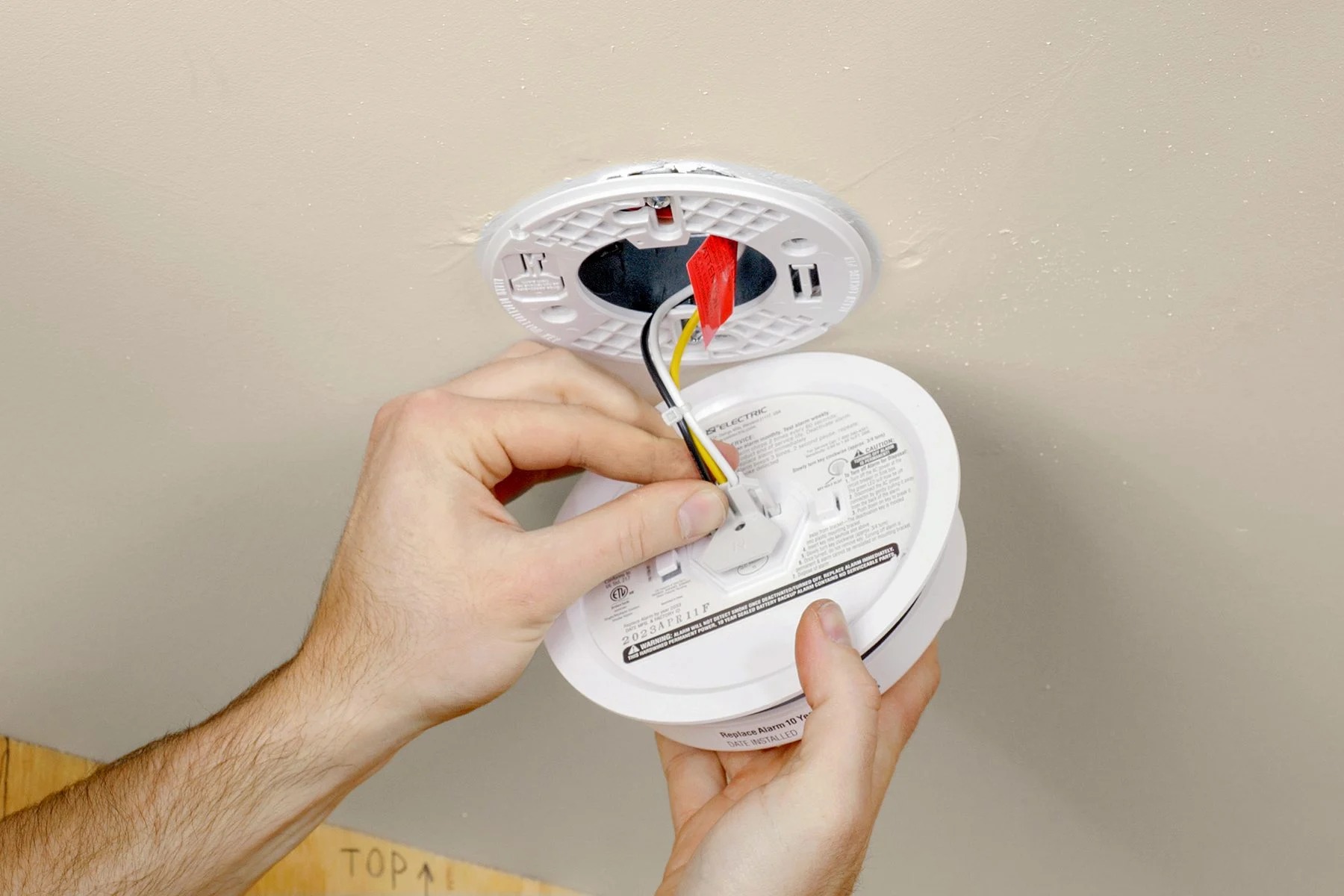

Ideas and Tips
Smart Smoke Alarm Hardwired Installation for Reliable Fire Detection
Modified: October 20, 2024
Learn how to install hardwired smart smoke alarms for reliable fire detection, featuring interconnectivity, remote monitoring, and smart notifications.
(Many of the links in this article redirect to a specific reviewed product. Your purchase of these products through affiliate links helps to generate commission for Storables.com, at no extra cost. Learn more)
Introduction
In the realm of home safety, installing smart smoke alarms is a crucial step in ensuring the well-being of you and your family. These devices not only detect smoke but also provide advanced features like interconnectivity, remote monitoring, and smart notifications. This article will guide you through the process of installing hardwired smart smoke alarms, focusing on reliability and effectiveness in fire detection.
Why Choose Hardwired Smart Smoke Alarms?
Hardwired smart smoke alarms offer several advantages over their battery-powered counterparts. Here are some key reasons why you might prefer hardwired installations:
-
Reliability: Hardwired alarms are less prone to battery-related issues, such as low battery warnings or sudden power outages. They are directly connected to your home's electrical system, ensuring continuous operation.
-
Interconnectivity: Many hardwired smart smoke alarms can be interconnected, meaning that if one alarm detects smoke, all connected alarms will sound simultaneously. This ensures that everyone in the house is alerted promptly.
-
Smart Features: Modern hardwired smart smoke alarms often come with advanced features like Wi-Fi connectivity, allowing you to receive notifications on your smartphone or tablet if an alarm is triggered.
-
Peace of Mind: Knowing that your smoke alarms are hardwired and functioning correctly can provide significant peace of mind, especially for homeowners with children or pets.
Tools and Materials Needed
Before starting the installation process, it's essential to gather all the necessary tools and materials. Here’s a list of what you’ll need:
- Electrical Tape
- Ladder or Stepstool
- Screwdriver
- Wire Stripper
- Wire Tester
- Batteries (for backup power)
- Smoke Alarm
- Wire Nuts
- Mounting Plate
- Remodeling Box
Step-by-Step Installation Guide
1. Prepare the Area
Before beginning the installation, ensure the area is clear of any obstructions. If you're installing ceiling-mounted alarms, consider moving furniture or covering floors to prevent damage.
Read more: How To Install A Hardwired Smoke Detector
2. Turn Off Power
Safety first Always turn off the power at the breaker panel before starting any electrical work. Use an electrical tester to verify that there is no power flowing through the wires.
3. Remove Old Smoke Detector
Twist your old smoke detector to loosen it from its mounting plate. Disconnect the old wiring harness from the wires in the remodeling box and unscrew the plate.
4. Attach New Mounting Plate
Fasten the new smoke detector mounting plate to the remodeling box using a screwdriver. Ensure it is securely attached to prevent any movement during installation.
5. Connect Wires
Strip 3/4-inch of insulation from the ends of the wires using a wire stripper. Use wire nuts to connect the stripped NM cable wires to the corresponding color harness wires on your new smoke detector. Wrap the wire connectors with electrical tape for extra protection.
Tuck any excess wire length and wire connectors into the remodeling box, leaving only the plug-end of the wire harness out.
6. Activate Backup Battery
Pull out the cover tab to activate the backup battery in your detector. Some alarms come with sealed batteries that don’t need replacement for several years, while others require batteries that you’ll need to install.
7. Attach Smoke Detector
Line up the notches on the back of your device with those on its mounting plate, then twist until it locks into place securely on all sides.
8. Restore Power
Once all wiring is connected and your detector is securely mounted, turn on power at the breaker panel. Confirm that your detector’s power light is on.
9. Test Smoke Alarm
Press the test button on each detector to ensure they’re working correctly. All alarms should sound simultaneously during this test.
If an alarm doesn’t sound or its power light won’t come on, turn off power at the breaker panel and double-check your wire connections. If everything seems correct but a unit’s power light won’t come on, you may need to replace that unit.
Read more: What Is A Hardwired Smoke Detector?
Advanced Features of Smart Smoke Alarms
Modern smart smoke alarms come with a variety of advanced features that enhance their functionality:
-
Interconnectivity: Many smart smoke alarms can be interconnected via Wi-Fi or other wireless technologies. This means if one alarm detects smoke, all connected alarms will sound simultaneously.
-
Remote Monitoring: With Wi-Fi connectivity, you can receive notifications on your smartphone or tablet if an alarm is triggered. This feature is particularly useful for homeowners who are away from home.
-
Smart Notifications: Some smart smoke alarms can send detailed notifications about the type of hazard detected (e.g., smoke or carbon monoxide). This information helps you take immediate action.
-
Battery Backup: Most smart smoke alarms come with battery backup systems, ensuring continuous operation even during power outages.
-
Maintenance Alerts: Some models can send alerts when it’s time to replace the batteries or perform routine maintenance tasks.
Choosing the Right Smart Smoke Alarm
When selecting a smart smoke alarm for your home, consider the following factors:
-
Compatibility: Ensure that your chosen model is compatible with your existing electrical system and any other smart home devices you might have.
-
Features: Consider what features are most important to you—interconnectivity, remote monitoring, smart notifications, etc.
-
Brand Reputation: Research reputable brands known for producing reliable and effective smoke detectors.
-
Installation Ease: Choose models that are known for easy installation processes to minimize any potential complications.
-
Certifications: Look for certifications from reputable organizations such as UL (Underwriters Laboratories) or NFPA (National Fire Protection Association).
Common Issues During Installation
While installing hardwired smart smoke alarms is generally straightforward, there are some common issues you might encounter:
-
Incorrect Wiring Connections: Double-check all wire connections to ensure they are secure and correctly matched (e.g., black wire to black wire).
-
Power Issues: If an alarm doesn’t turn on after restoring power, check if there is an issue with the wiring or if the breaker hasn’t been turned back on correctly.
-
Mounting Problems: Ensure that your mounting plate is securely attached to prevent any movement during installation which could affect the alarm's performance.
-
Battery Activation Issues: If you encounter problems activating the backup battery, refer to your device’s manual or contact customer support for assistance.
Maintenance and Testing
Regular maintenance is crucial to ensure your smart smoke alarms continue functioning correctly:
-
Monthly Testing: Press the test button on each detector monthly to ensure they’re working correctly.
-
Battery Replacement: Replace batteries according to manufacturer guidelines (usually every 6-12 months).
-
Cleaning: Clean dust from sensors regularly using a soft brush or cloth.
-
Software Updates: If your device supports software updates via Wi-Fi, ensure you update it periodically as recommended by the manufacturer.
Conclusion
Installing hardwired smart smoke alarms is a critical step in enhancing home safety and reliability in fire detection systems. By following these steps and considering advanced features like interconnectivity and remote monitoring, you can ensure that your home is well-protected against potential hazards. Remember always to follow safety guidelines during installation and perform regular maintenance tasks to keep your devices functioning optimally.
In summary, smart hardwired smoke alarms offer unparalleled peace of mind by providing continuous operation, advanced features, and reliable fire detection capabilities—all essential components for a safe and secure living environment.
FAQs
Q: Do I need an electrician to replace hardwired smoke detectors?
A: Not necessarily. If you understand the process and take necessary precautions, it can be done DIY. However, if you have any doubts or concerns, it’s always best to call a professional electrician.
Q: Should hardwired smoke detectors be mounted on the wall or ceiling?
A: They should be mounted on the ceiling. This is because smoke tends to accumulate near ceilings, providing the earliest possible warning in case of a fire.
Q: When should I replace my hardwired smoke detector?
A: Replace your smoke detectors at least every ten years or sooner if they no longer function properly.
By following these guidelines and choosing the right smart smoke alarm for your needs, you can significantly enhance your home's safety profile and enjoy peace of mind knowing that you have reliable fire detection systems in place.
Was this page helpful?
At Storables.com, we guarantee accurate and reliable information. Our content, validated by Expert Board Contributors, is crafted following stringent Editorial Policies. We're committed to providing you with well-researched, expert-backed insights for all your informational needs.
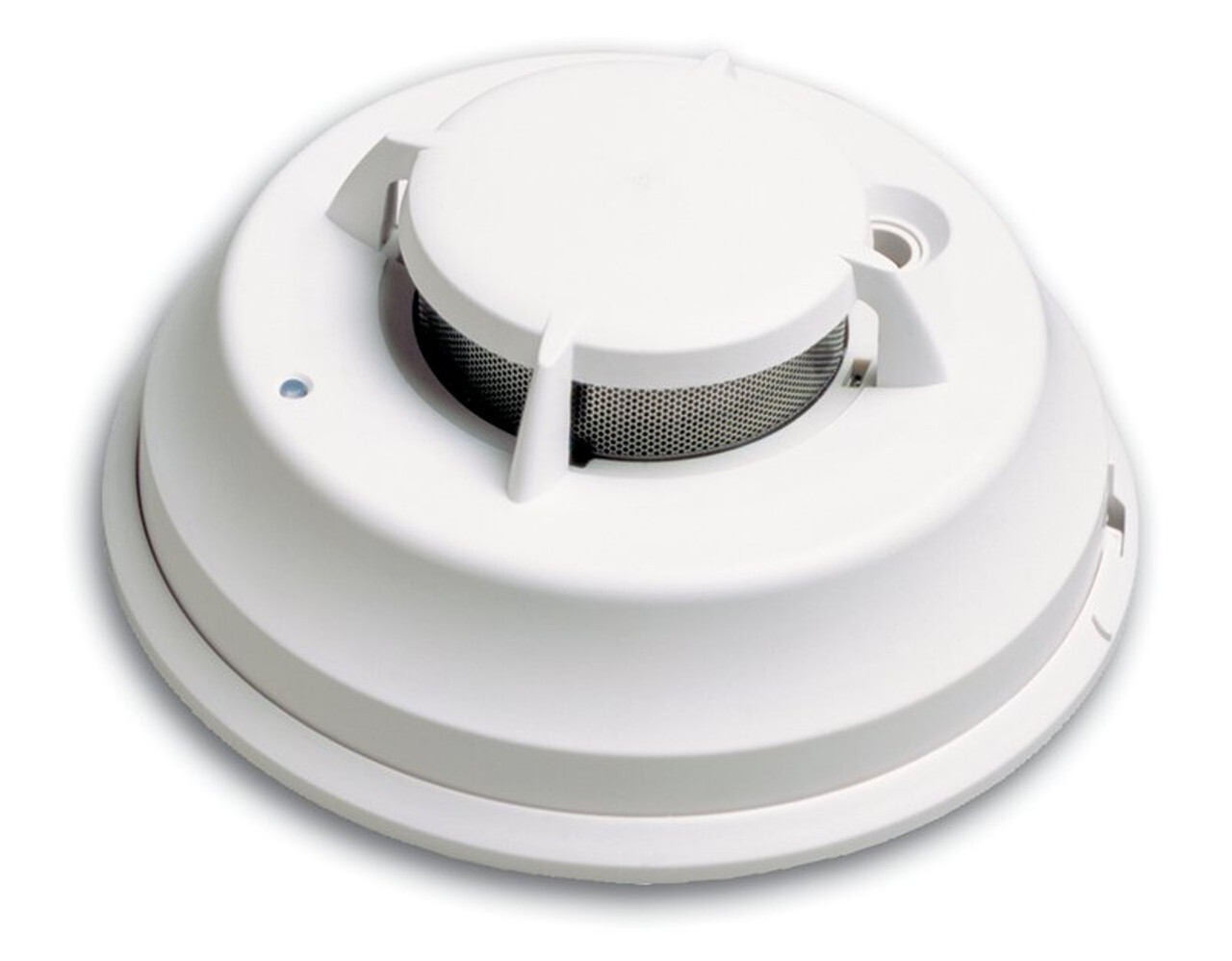
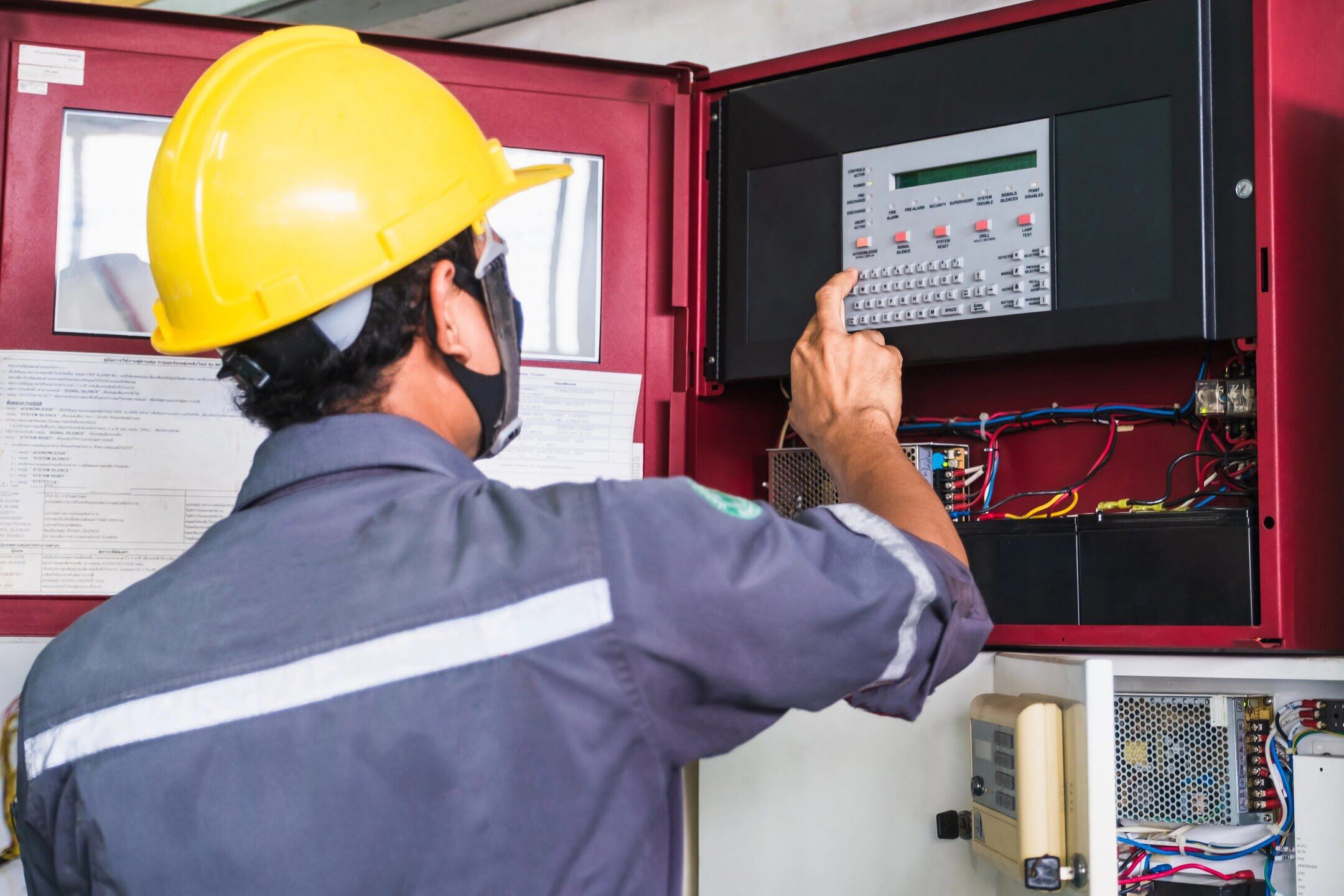
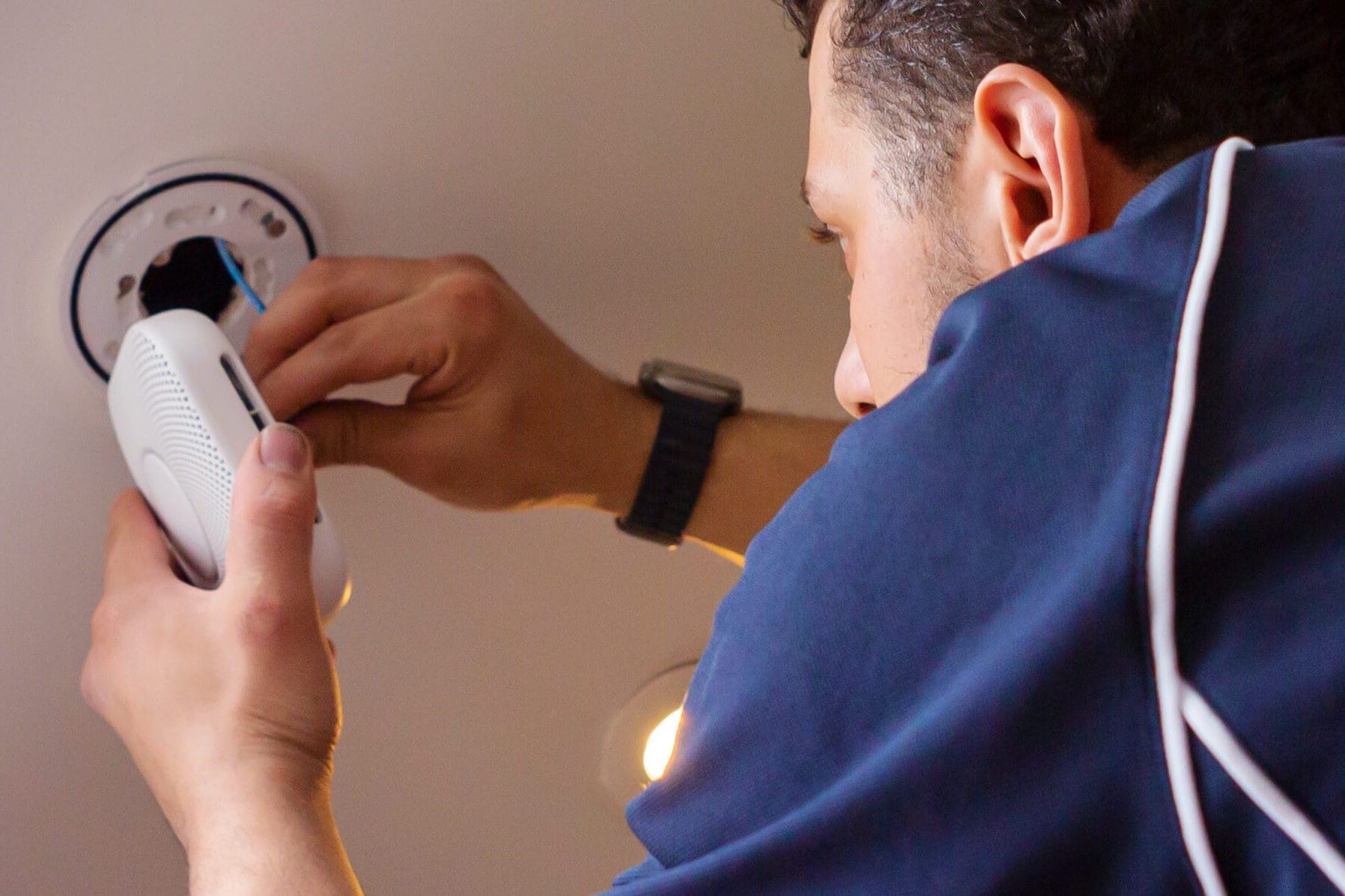
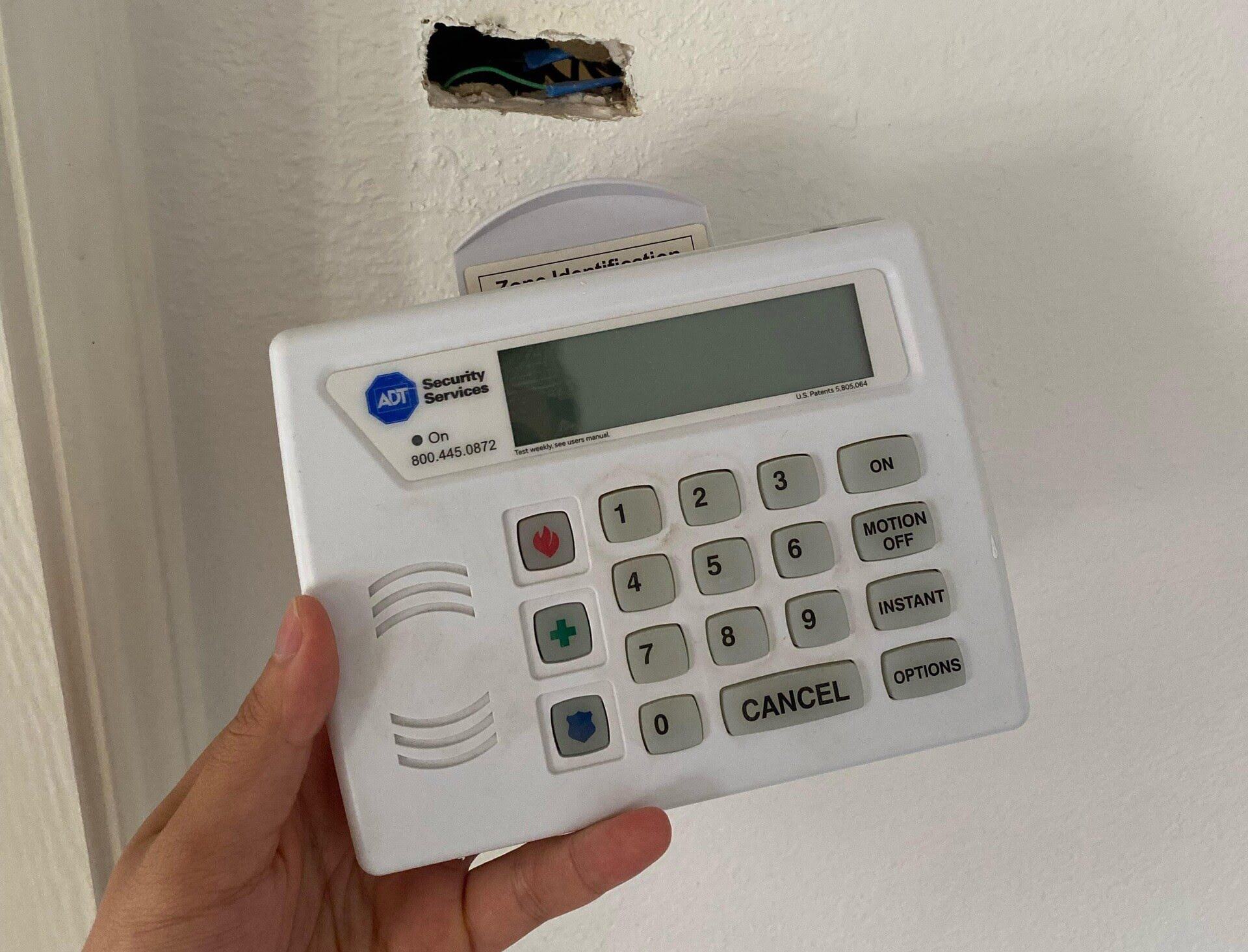
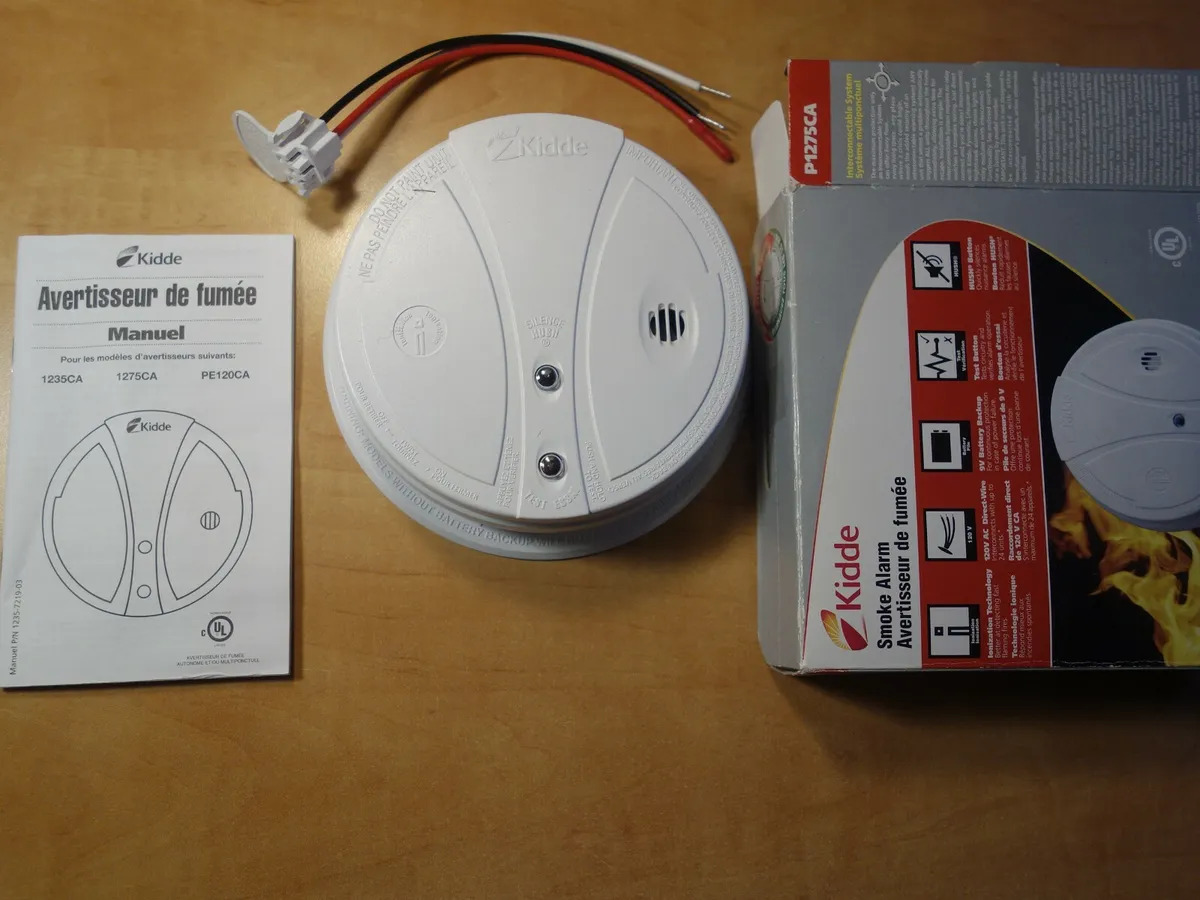


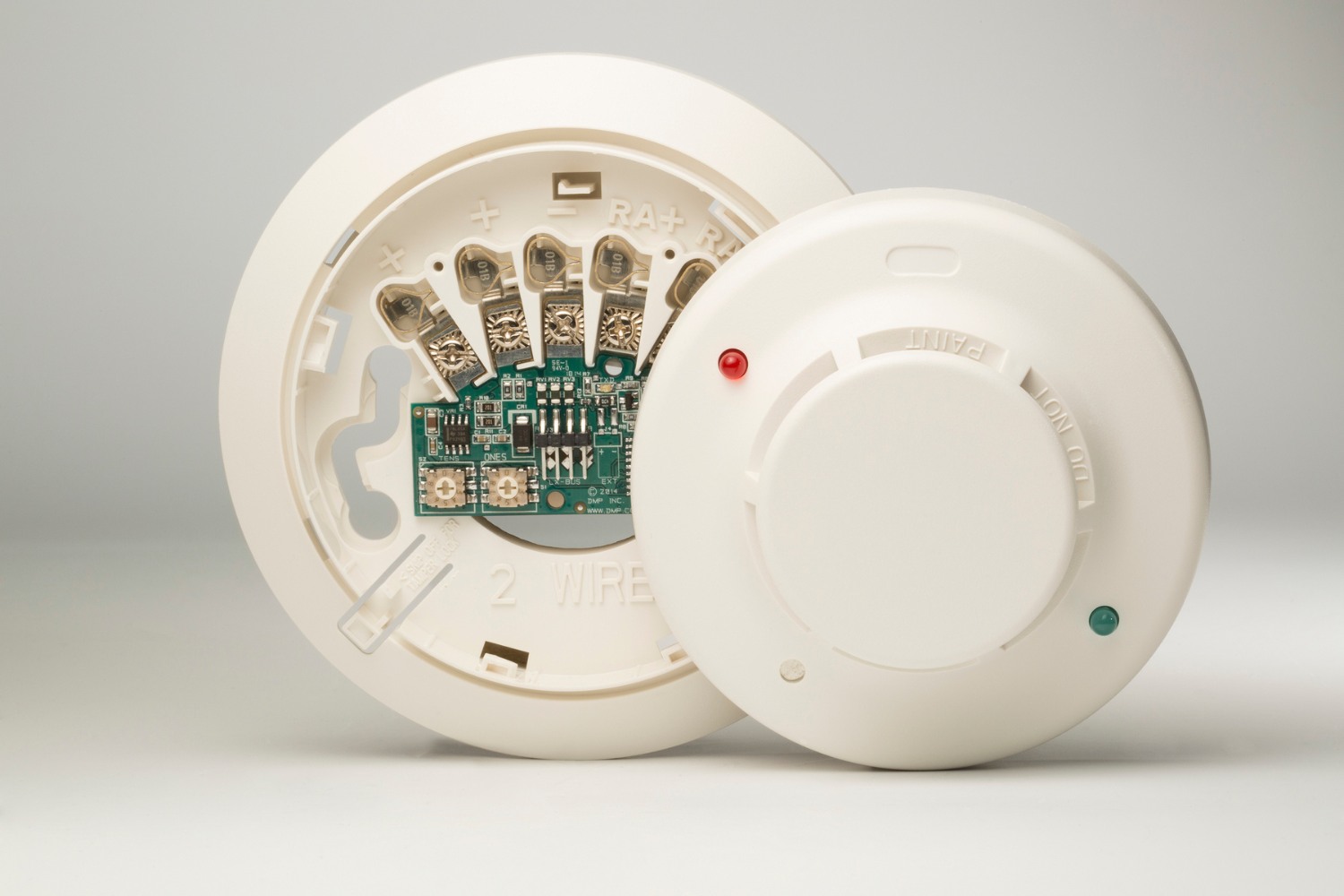
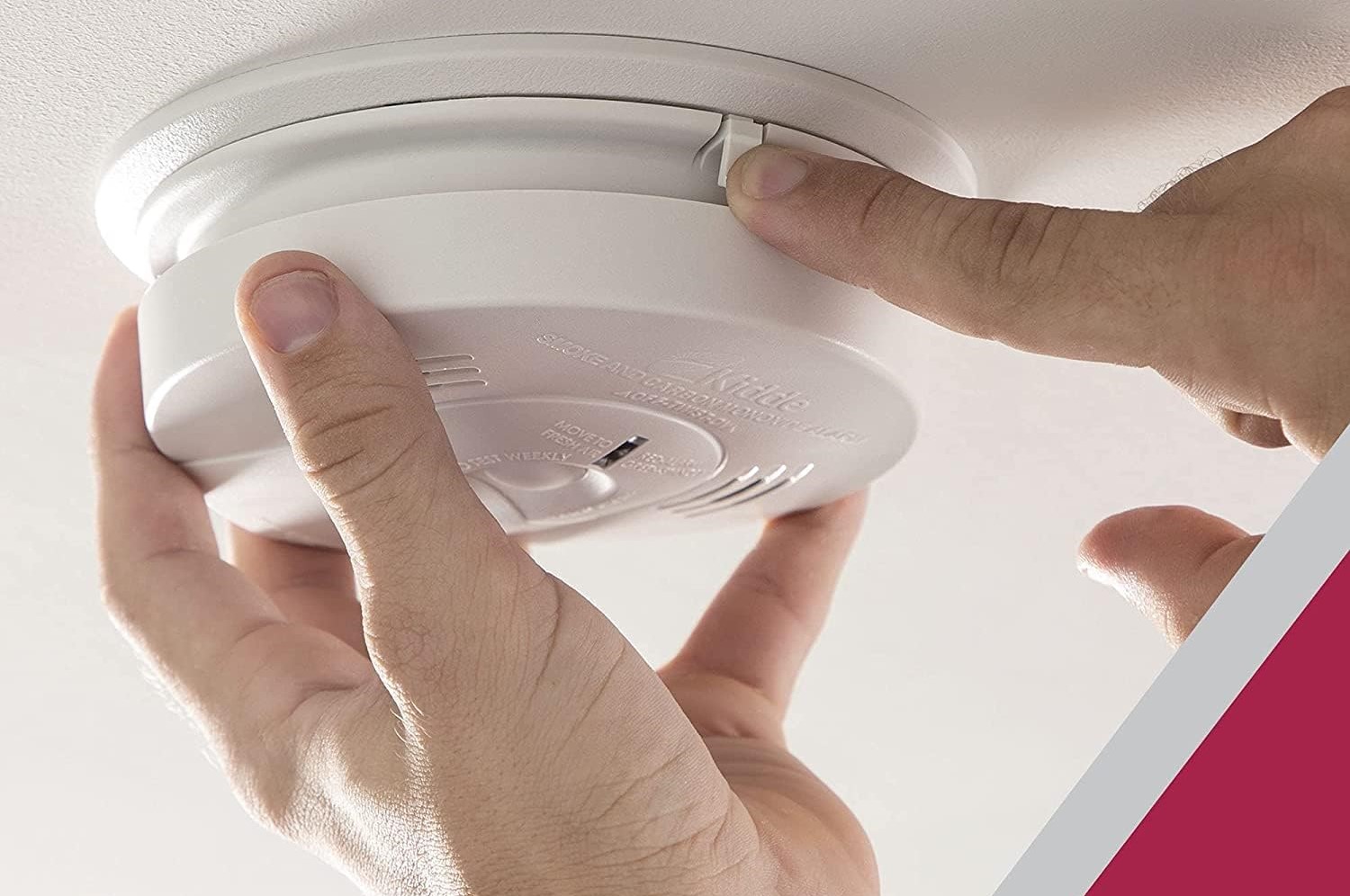
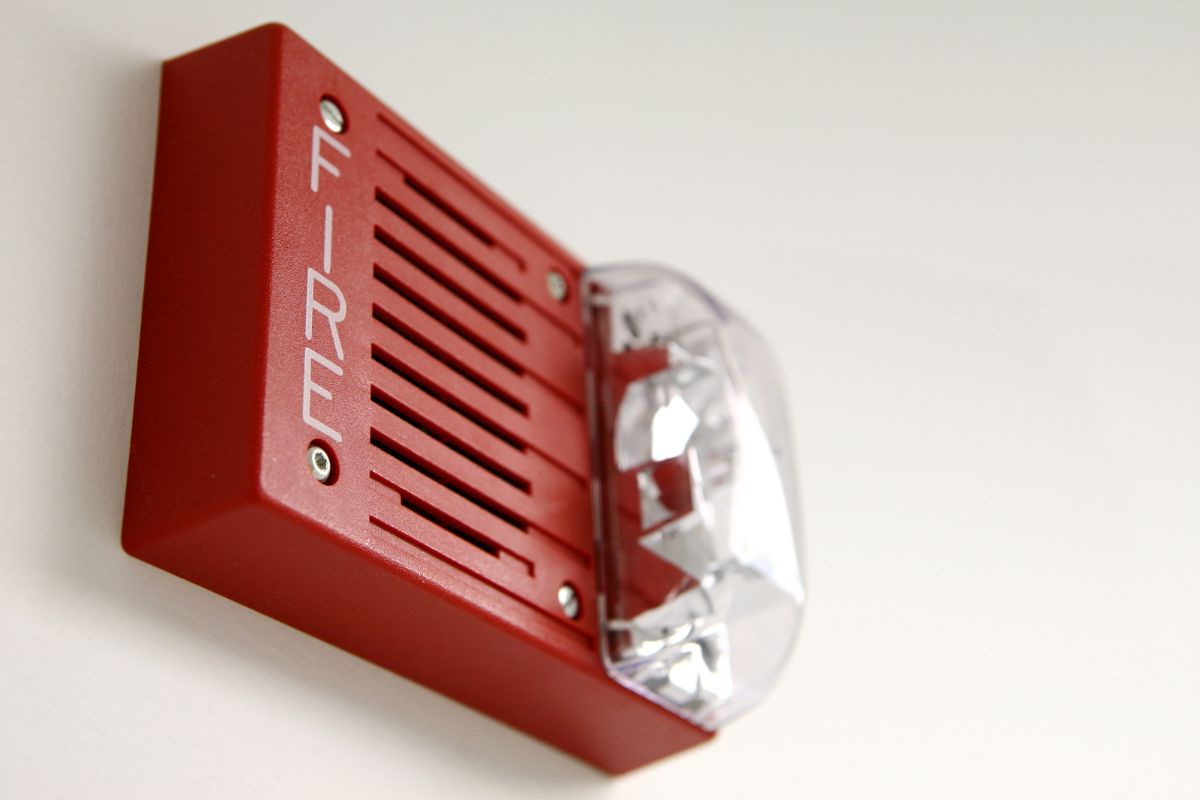
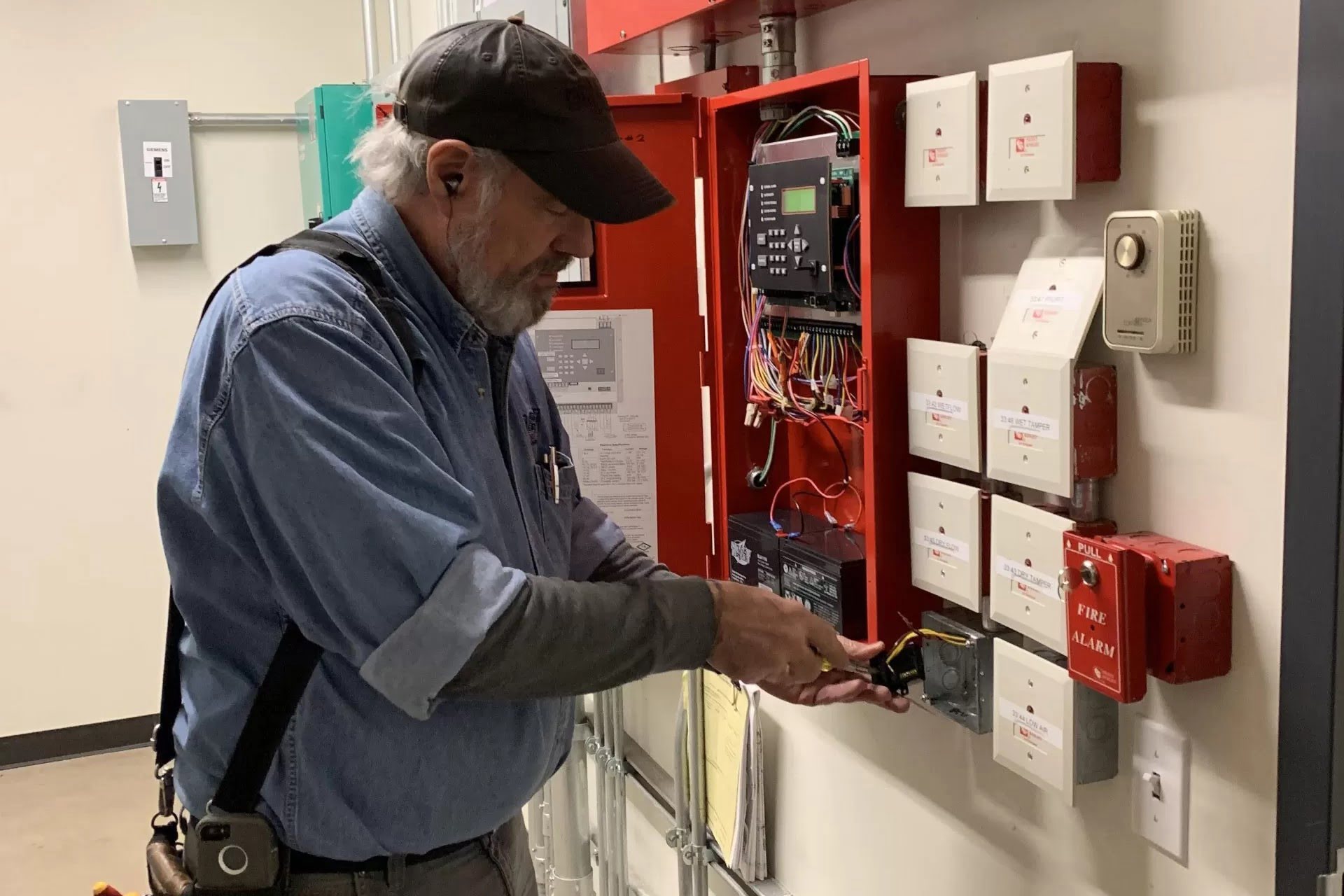

0 thoughts on “Smart Smoke Alarm Hardwired Installation for Reliable Fire Detection”